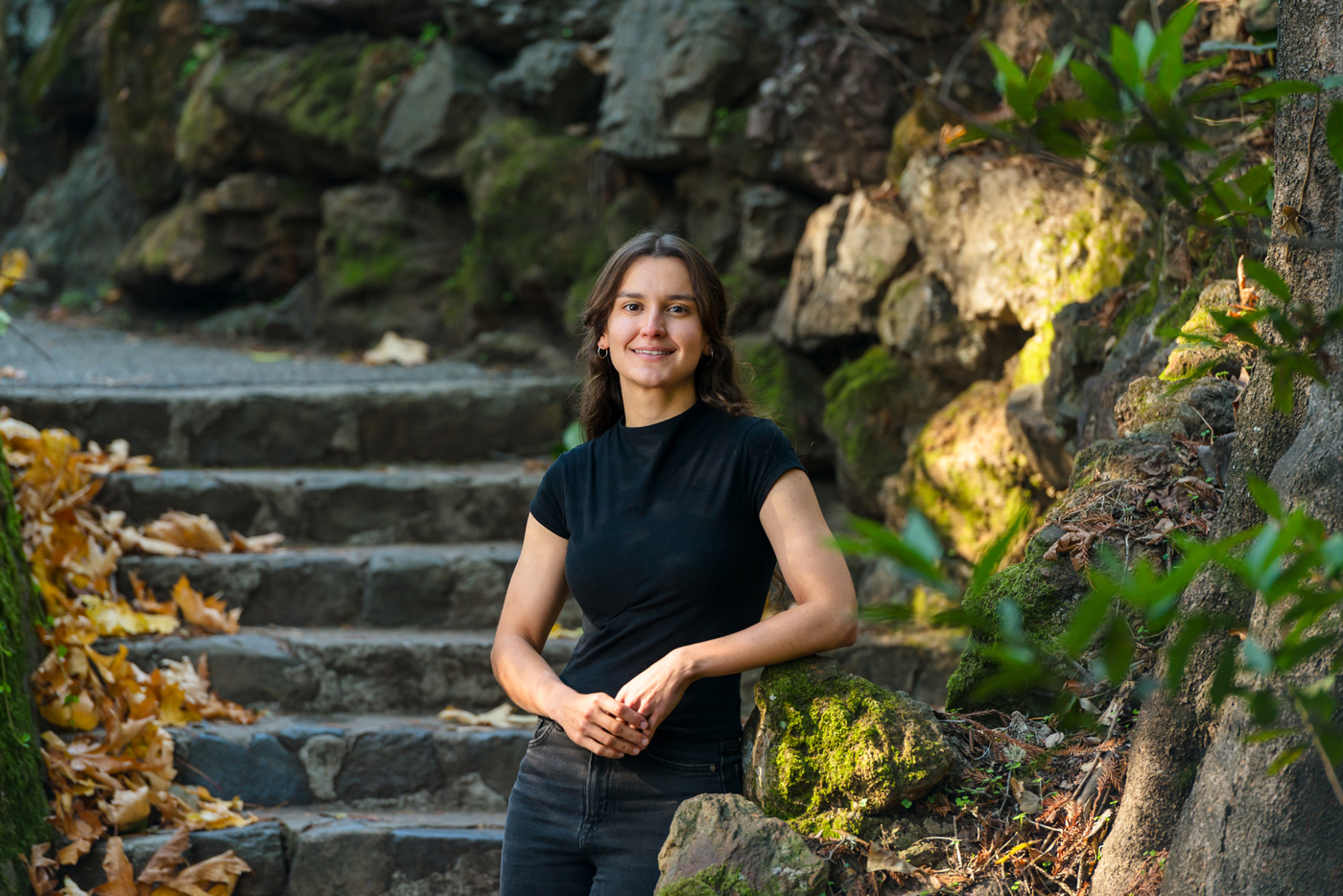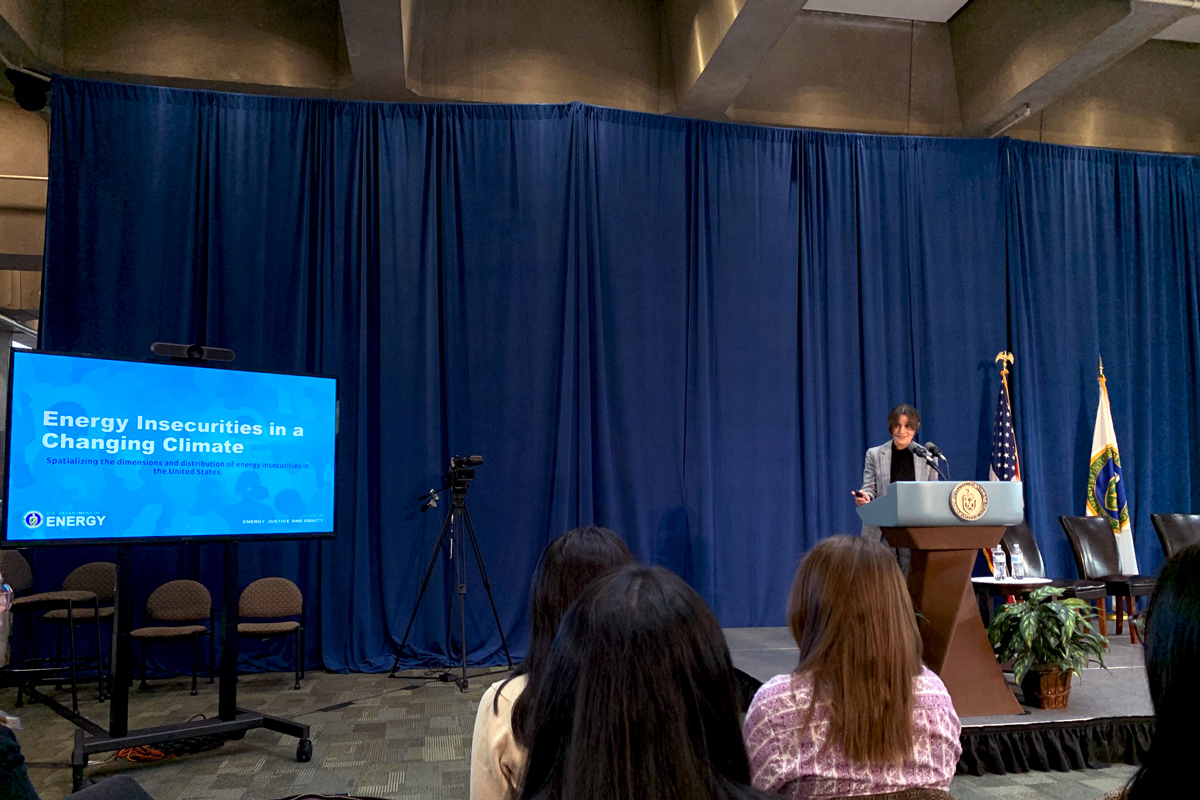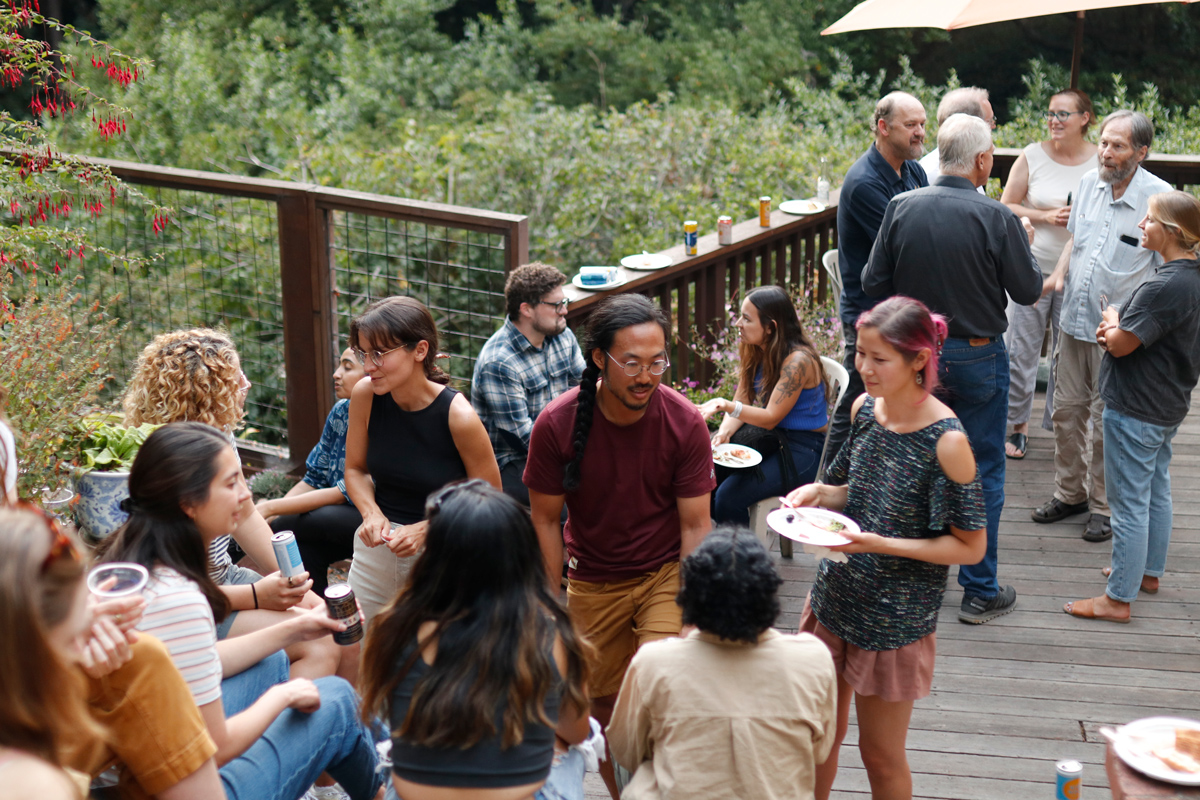
From engineer to interdisciplinary scholar
Cristina Crespo Montañés, PhD candidate Energy and Resources Group

[image caption]
Cristina Crespo Montañés didn’t think she would pursue a PhD, but the intellectual freedom and collaborative spirit of the Energy and Resources Group (ERG) proved irresistible.
“I came to ERG because I wanted to expand the breadth of knowledge that I had,” said Crespo, an industrial engineer from Valencia, Spain, who has worked across the energy sector. Her time with Iberdrola, a major Spanish utility, and AVAESEN, an association of energy and cleantech companies based in her hometown, taught her about renewable energy project development. She later expanded her horizons by working for a small-scale concentrated solar power startup in Copenhagen and as an energy engineer in the Department of Wind and Energy Systems at the Danish Technical University.
“While my work was challenging and technically interesting, it really didn't resonate with the reason why I worked in the energy space,” she said. “I wanted to better understand how we can understand and change the way we think about energy consumption and production to achieve an equitable energy transition.”
After being selected as a Fulbright Scholarship recipient in 2019, Crespo planned to attend a graduate program that would expand her understanding of the social and policy aspects of decarbonization pathways. She ultimately applied to ERG after reading about the program's interdisciplinary approach and focus on solutions that integrate perspectives from the social sciences, technology, and policy. She recalled being nervous during her first admission interview with Professor Duncan Callaway, now the chair of ERG and Crespo’s PhD advisor, but was put at ease after he accidentally triggered a waving emoji at the beginning of their Skype call. She learned she was admitted on a second call with Callaway.
“I had been reading research papers and trying to anticipate any follow-up questions before the second call, but it turned out that ERG had offered me a spot in the program, and Duncan was trying to convince me to take it,” she recalled. “There was little convincing that needed to be done—ERG really ticked all the boxes.”

[image caption]
Since starting at ERG, Crespo has had the opportunity to explore a wide range of topics in energy policy, climate, and sustainability through courses taught by the program’s core faculty and affiliates in the Goldman School of Public Policy and College of Environmental Design. This interdisciplinary approach—a hallmark of ERG’s curriculum—helped her narrow her research focus to energy demand.
“I really wanted to understand how people actually use energy, and how transitioning from natural gas to electricity impacts household economics and local energy distribution grids,” she said. Her current research utilizes smart meter data from Pacific Gas & Electric (PG&E), the major utility in Northern California, to analyze residential energy consumption patterns and project how these patterns would change under various electrification scenarios. Working with Callaway has strengthened her ability to quickly grasp the details of complex techno-economic issues, and has allowed her to hone her problem-solving and data analysis skills.
She hopes her research will offer insight into the challenges and opportunities of electrification (particularly as the cost of electricity in California remains significantly higher than natural gas) and demonstrate how rate dynamics and other policy interventions could make electrification more or less economically viable.
Her work has also led to a collaboration with Professor Isha Ray and Veronica Jacome (PhD ’19), now a professor at Temple University, on a separate interview-based project exploring how people think about the nexus between home electrification and power unreliability in the East Bay. “We’re trying to understand if households’ experiences with electric unreliability and power loss conditions shape their willingness to electrify or adopt things like solar panels or EVs, or if they’re not even thinking about those,” she said. Their collaborative working style and in-depth discussion have helped Crespo embrace the thoughtful writing process that social sciences require with greater confidence.

[image caption]
And like many ERGies, Crespo has worked as a researcher at Lawrence Berkeley National Laboratory during her graduate studies. She joined Berkeley Lab’s Energy Markets and Policy department during her second semester in ERG and has since contributed to presentations, technical reports, and research on the energy market valuation of hybrid power plants and trends in residential adoption of solar photovoltaics. “This is very timely work as battery storage capacity grows worldwide and the cost of residential solar continues to plummet, driving widespread adoption,” she said. “It is very interesting to understand the value of these assets, for homes, developers, and the grid.”
Beyond ERG’s strong academics, Crespo said she appreciates the program’s unique culture and the active role that students play. “There are a lot of student-led events, initiatives, and efforts that are encouraged and given space by faculty,” she said. “Students have also participated in reconfiguring the curriculum of the master's seminar series and are a core part of the admissions process.” She has also received strong mentorship from faculty, support from classmates and members of her cohort, and from ERG’s vibrant alumni community.
“It's been very fruitful to reach out to ERG alumni now that I’m toward the end of my PhD,” she said. “ERG alumni work in so many different places, from academia to tech and think tanks. Connecting with them has given me a good understanding of what my next steps could look like.
Read More
- 50 Years of the Energy and Resources Group
- Pioneers of interdisciplinary sustainability (Breakthroughs magazine)
